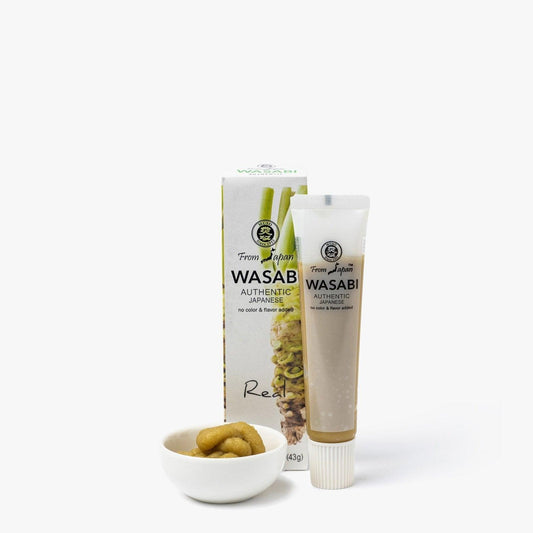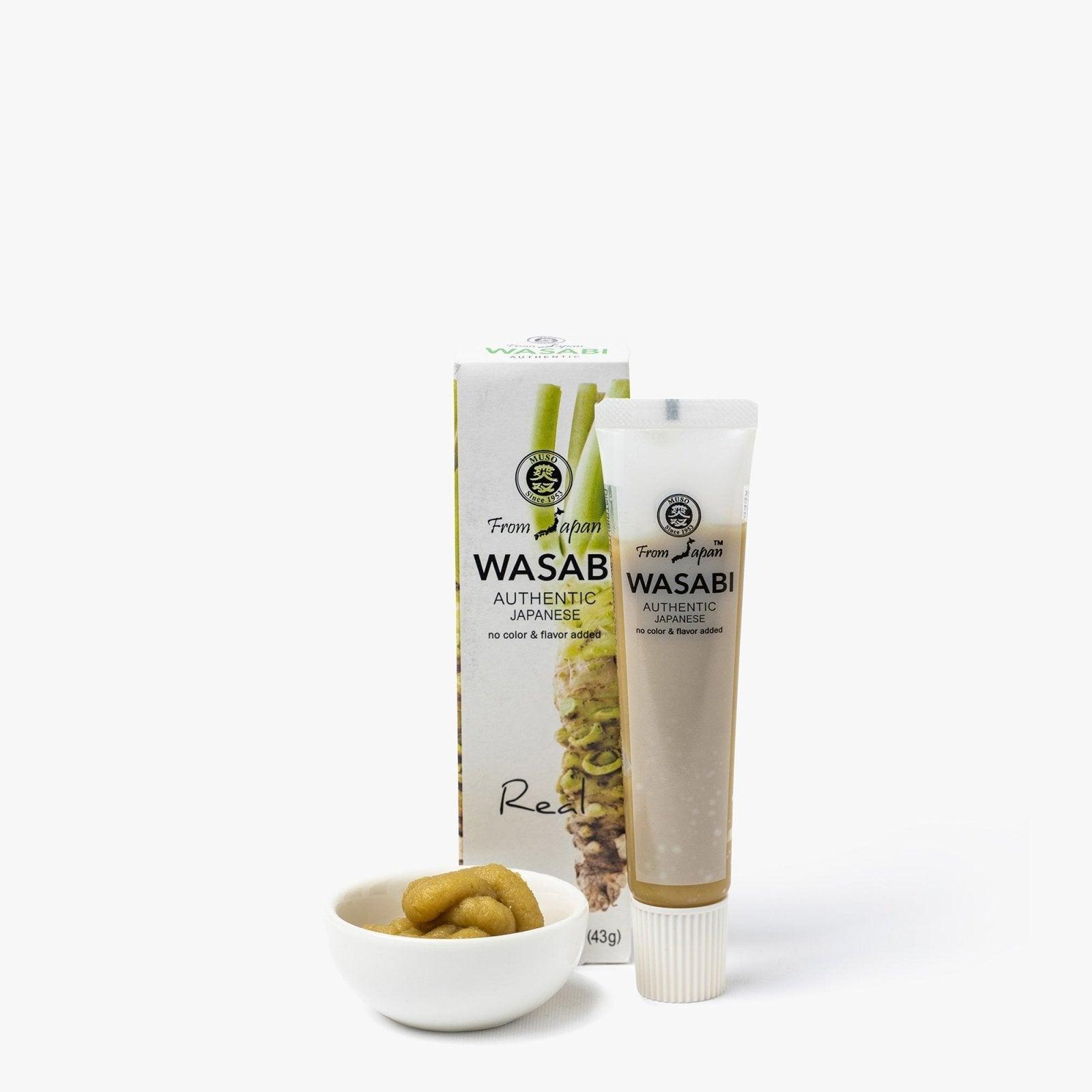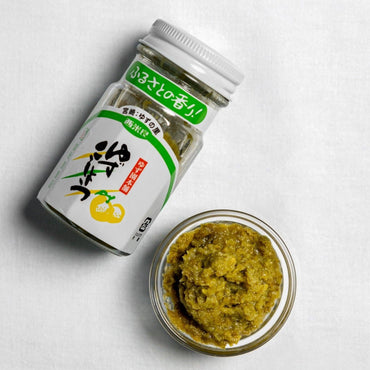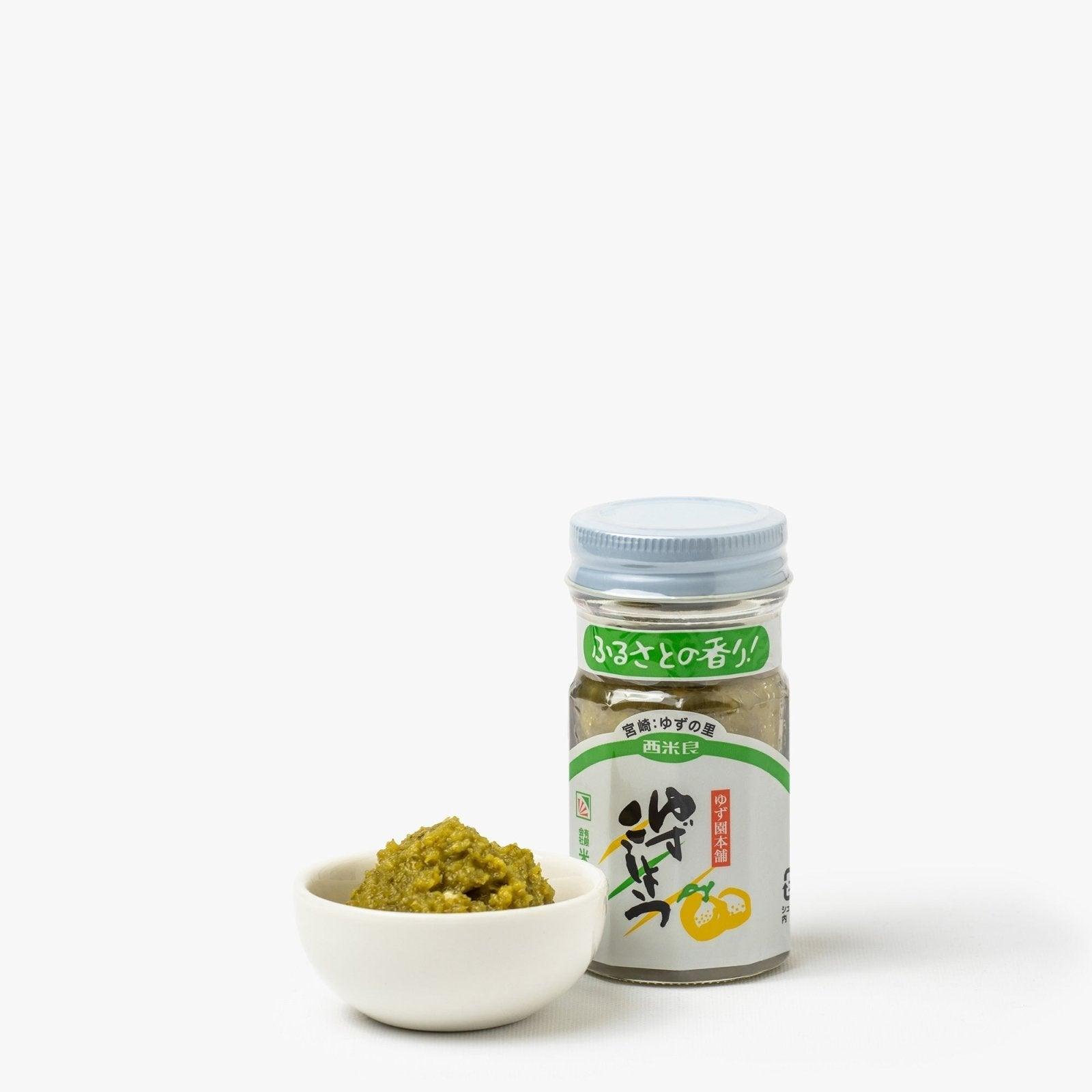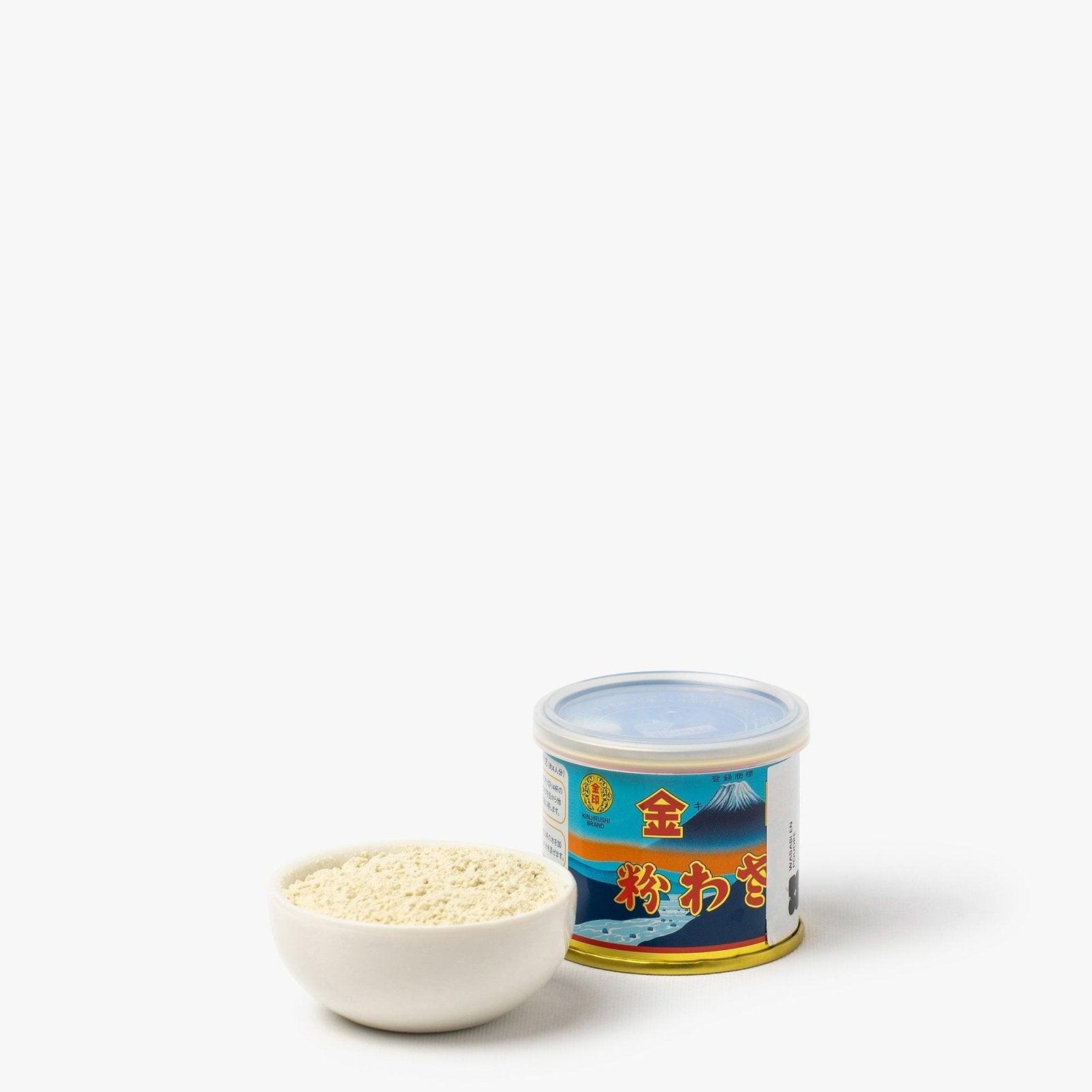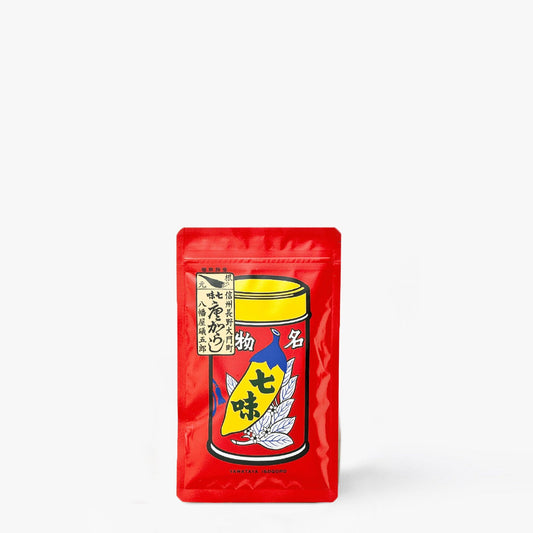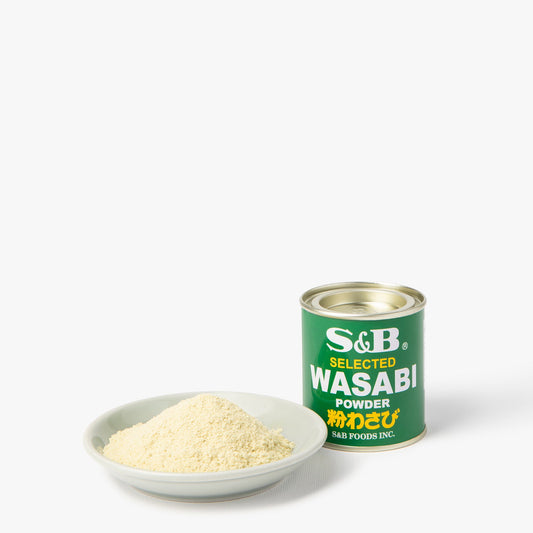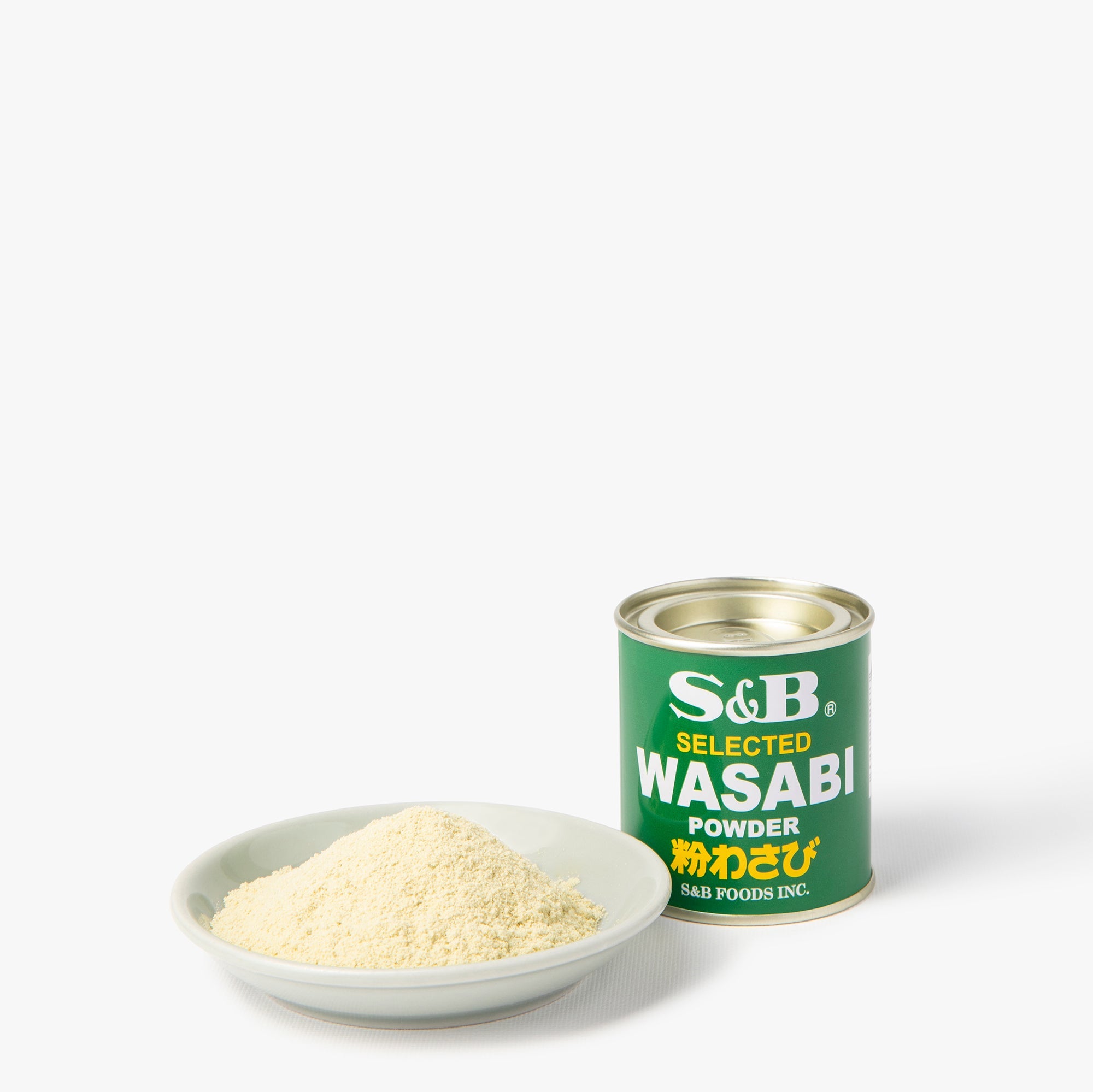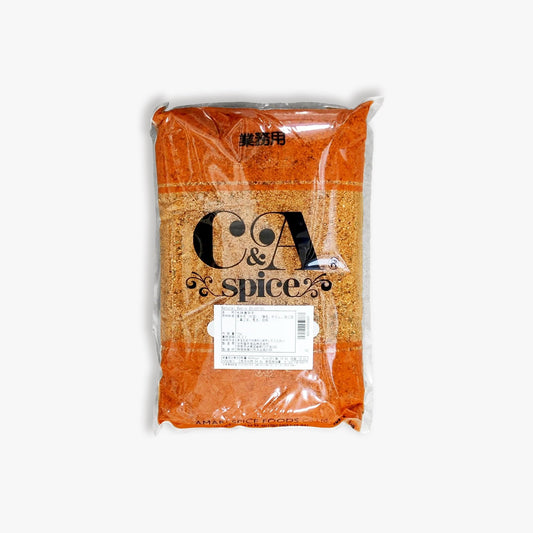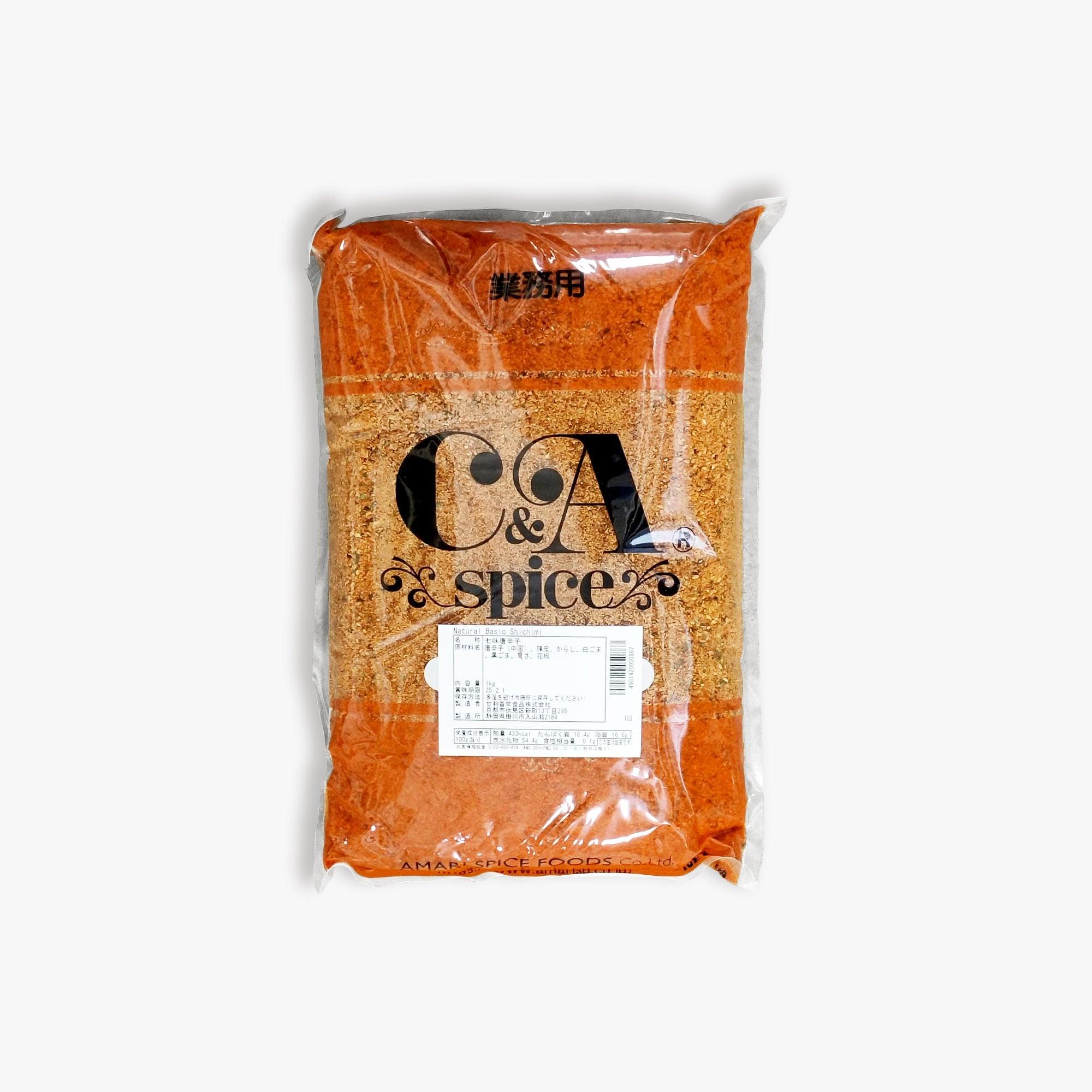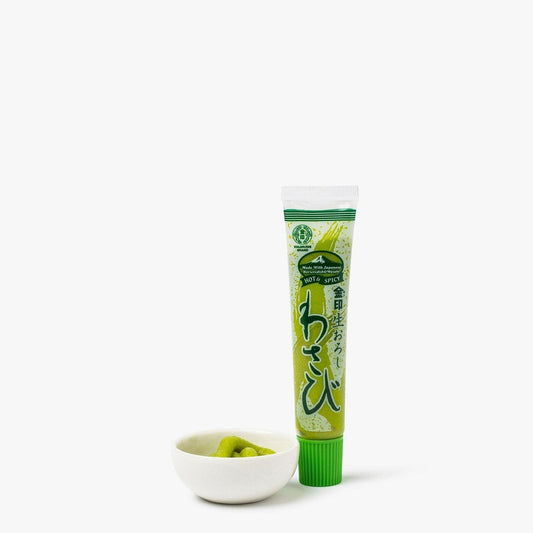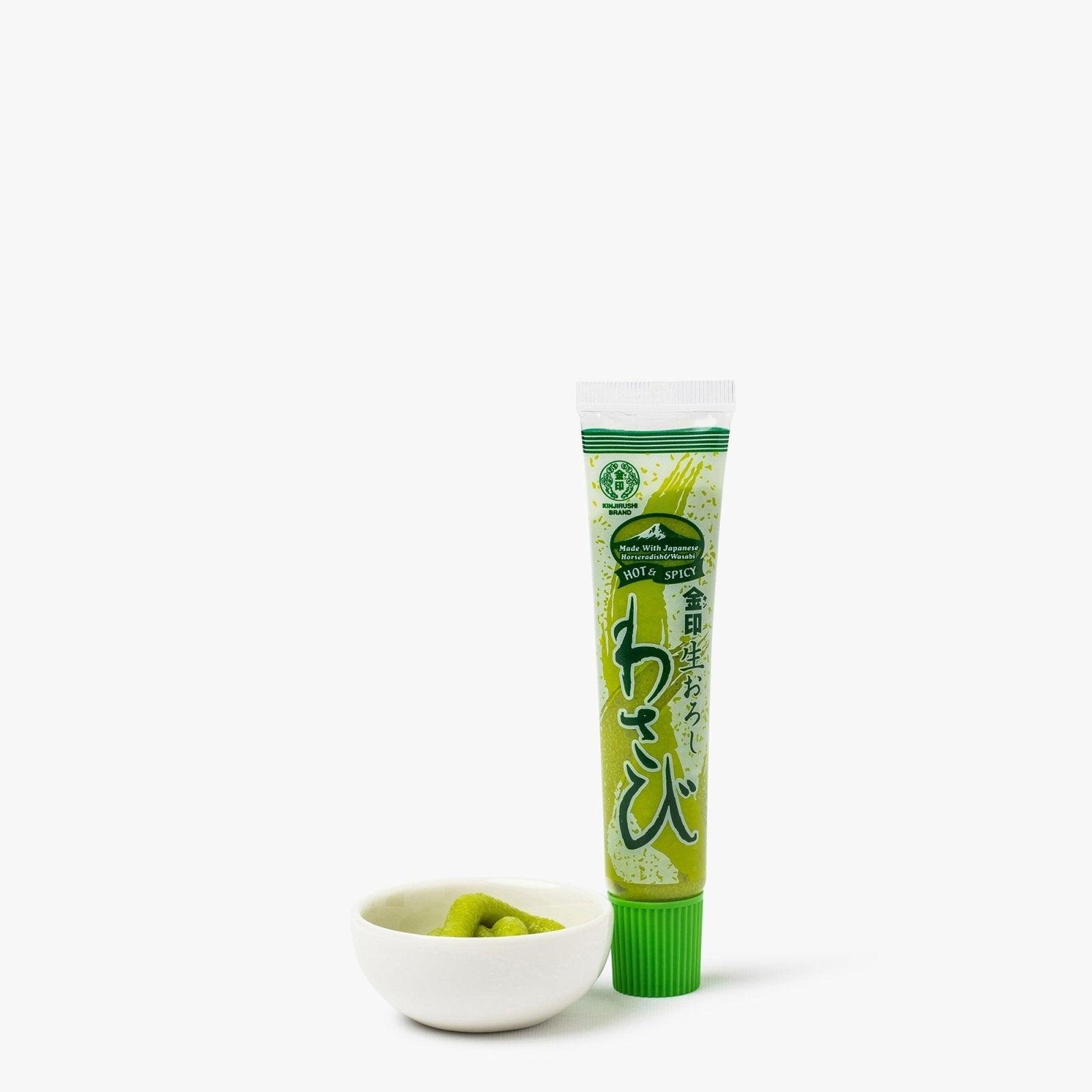Find out more about Japanese spicy condiments
What are the essential spicy condiments in Japanese cuisine?
Japanese cuisine is full of spicy condiments that add unique flavors to dishes. Here's a list of must-haves:
- Wasabi (山葵): This iconic Japanese condiment, often in paste or powder form, offers a piquant heat different from chili, ideal for sushi and sashimi.
- Yuzu kosho (柚子胡椒): A blend of chili pepper, yuzu zest and salt, it adds a tangy, zesty touch to meats, broths and sauces.
- Shichimi togarashi (七味唐辛子): A blend of seven spices, including red chili, sansho (Japanese pepper), roasted sesame, nori and orange zest, perfect for spicing up ramen, grilled meats and rice.
- Sansho (山椒): This Japanese pepper, with its mild anesthetic effect, goes well with grilled eel, yakitori and simmered dishes.
- Karashi (辛子): A very strong Japanese mustard, often used with tonkatsu, gyoza or oden.
- Rayu (ラー油): A chili oil infused with sesame, garlic and soy, perfect for spicing up dumplings and noodles.
Why does wasabi sting differently from chilli pepper?
Wasabi and chili pepper have very different spiciness due to their active ingredients.
Chillies contain capsaicin, which stimulates heat receptors and creates a persistent burning sensation in the mouth. On the other hand, wasabi, like sansho or yuzu kosho, releases isothiocyanates, volatile compounds that quickly rise to the nose and disappear within seconds.
This fleeting spiciness is typical of Japanese condiments such as wasabi paste or shichimi togarashi, often used to spice up rice dishes, sushi or ochazuke.
How to recognize quality wasabi?
Quality wasabi is distinguished by several criteria. First of all, it must be made from genuine Japanese wasabi(Wasabia japonica) and not a mixture of horseradish, mustard and coloring agents, often sold in paste or powder form. A good fresh wasabi has a natural green color, a slightly grainy texture after grating, and a subtle spiciness that rises to the nose without being aggressive.
Choose organic wasabi, grown in pure spring water, such as that from the Shizuoka or Nagano region. If you buy wasabi powder, check the composition: it should contain a high percentage of real wasabi and few additives. For authentic seasoning, fresh wasabi is traditionally grated onto a shark skin and served with sushi, rice or even dishes such as yuzu kosho and shichimi togarashi.
Does wasabi have health benefits?
Wasabi has a number of health benefits thanks to its active compounds, notably isothiocyanates, which give it its uniquely pungent taste. These compounds have antibacterial properties and can help limit the proliferation of bacteria in food, making it an excellent seasoning for sushi and other raw fish dishes.
Japanese wasabi is also rich in antioxidants, which help protect cells from oxidative stress. It is also recognized for its potential effects on digestion, as it stimulates the production of digestive enzymes. Some studies suggest that it may have anti-inflammatory effects, of interest to joints and the immune system.
What is yuzu kosho and how is it made?
Yuzu kosho is a spicy Japanese condiment made from chili peppers, yuzu zest and salt, fermented to develop complex flavors. It comes in two main varieties: green yuzu kosho, made with green chillies and unripe yuzu, with a sharp acidity and intense spiciness, and red yuzu kosho, made with red chillies, with a sweeter, fruitier taste.
It's made from a blend of finely grated zest, ground chilli pepper and sea salt, which is then left to mature to enrich its aromas. Used as a seasoning, it enhances Japanese dishes such as ramen, rice, miso, soy sauces and grilled dishes. It can also be added to vinaigrettes and marinades for a spicy, fragrant touch.
How to use yuzu kosho in cooking?
Yuzu kosho is a spicy Japanese condiment used in small quantities to spice up dishes with its unique chili, yuzu and salt flavors. Here are a few suggestions for incorporating it into your cooking:
- Sauces and seasonings: Mix with soy sauce, mirin or vinegar for a zesty sauce perfect for sashimi, tataki or grilled meats.
- Marinades: Add to soy, sesame oil or miso-based dishes to enhance fish, poultry or beef.
- Soups and noodles: A touch of yuzu kosho in broth, ramen or ochazuke adds a zesty, tangy note.
- Rice and vegetables: Combine with furikake, roasted sesame seeds or nori to flavour a bowl of rice or stir-fried vegetables.
- Mayonnaise or flavored butter: Add yuzu kosho to homemade mayonnaise or butter to accompany seafood, chicken or even French fries.
What's the difference between shichimi togarashi and ichimi togarashi?
Shichimi togarashi: This is a blend of seven spices, usually including red pepper, sesame, sansho (Japanese pepper), mandarin zest, nori seaweed, poppy seed, and sometimes ginger or comfrey. This versatile condiment is used to season ramen, rice, soups and meat dishes. It adds a complex flavor, at once pungent, salty and aromatic.
Ichimi togarashi: Unlike shichimi, ichimi togarashi contains only finely ground chili pepper, giving it a simpler, more intensely pungent flavor. It is often used as a basic seasoning to bring a strong tingle to dishes such as ramen, udon, or fried dishes.
How to use karashi, the Japanese mustard?
Here are a few ideas for using karashi in your dishes:
- Accompanying Japanese dishes: Karashi is often served with dishes such as gyoza (Japanese ravioli), sushi or tempura. It can be diluted with a little water to adjust its intensity, and used as a dip or sauce.
- In soups and broths: A small amount of karashi can be added to soups such as miso or tonkotsu to add a spicy, tangy touch.
- In dressings and sauces: Mix with soy, mirin or vinegar to create spicy sauces and dressings perfect for salads, rice dishes or vegetables.
- With meat and fish dishes: Karashi is an excellent accompaniment to grilled meats such as tonkatsu (fried breaded pork) or grilled fish, adding a spicy note that complements the flavors perfectly.
- In Japanese omelettes: For a different version of the Japanese omelette (tamago), you can add a little karashi to the batter for a spicier, more original flavor.
- With noodles: Karashi can also be mixed with miso or soy and added to ramen or udon dishes for a spicier flavour.
Can shichimi togarashi be used in sweet recipes?
Shichimi togarashi is primarily a savory and spicy condiment, but it can be used in sweet recipes to add an interesting contrast between spiciness and sweetness. For example, it can be sprinkled on fresh fruit, chocolate desserts or caramels to add a spicy and original touch. Some recipes for ice cream or Japanese sweets also use it to marry sweet and spicy flavors. However, it should be used in moderation, as its spicy strength can quickly dominate.









